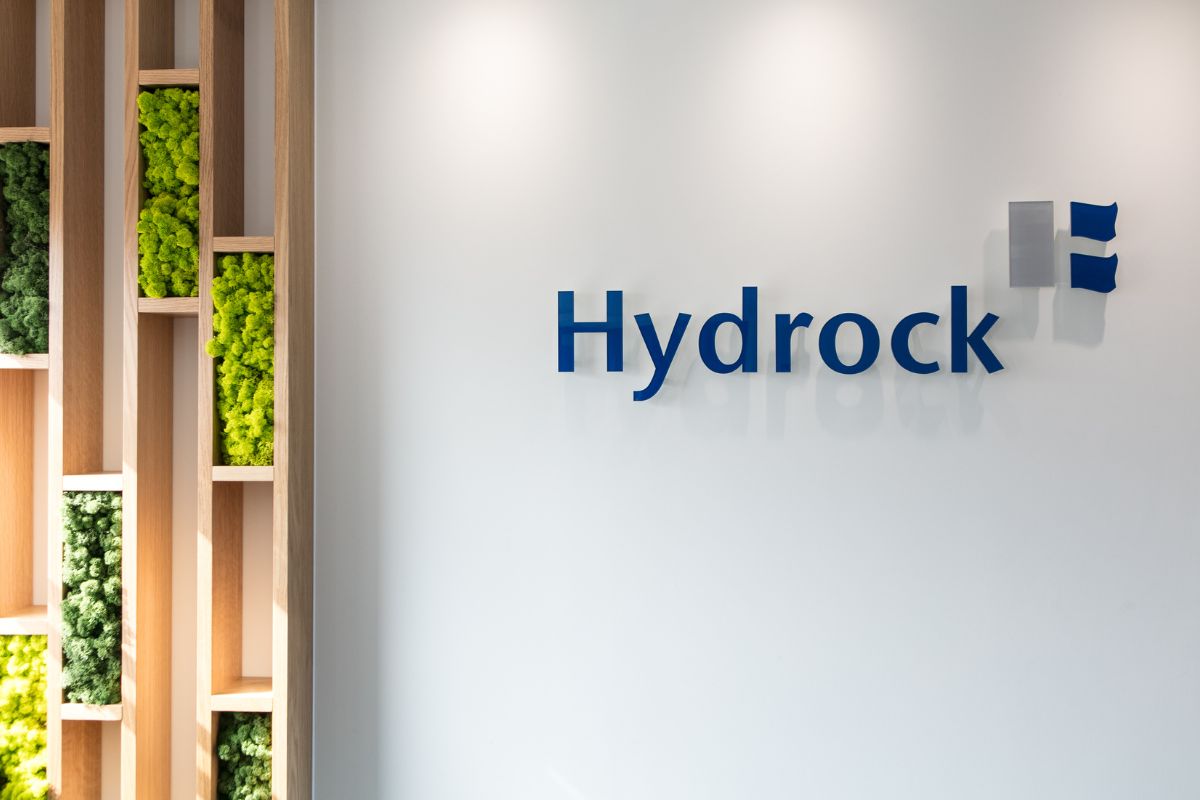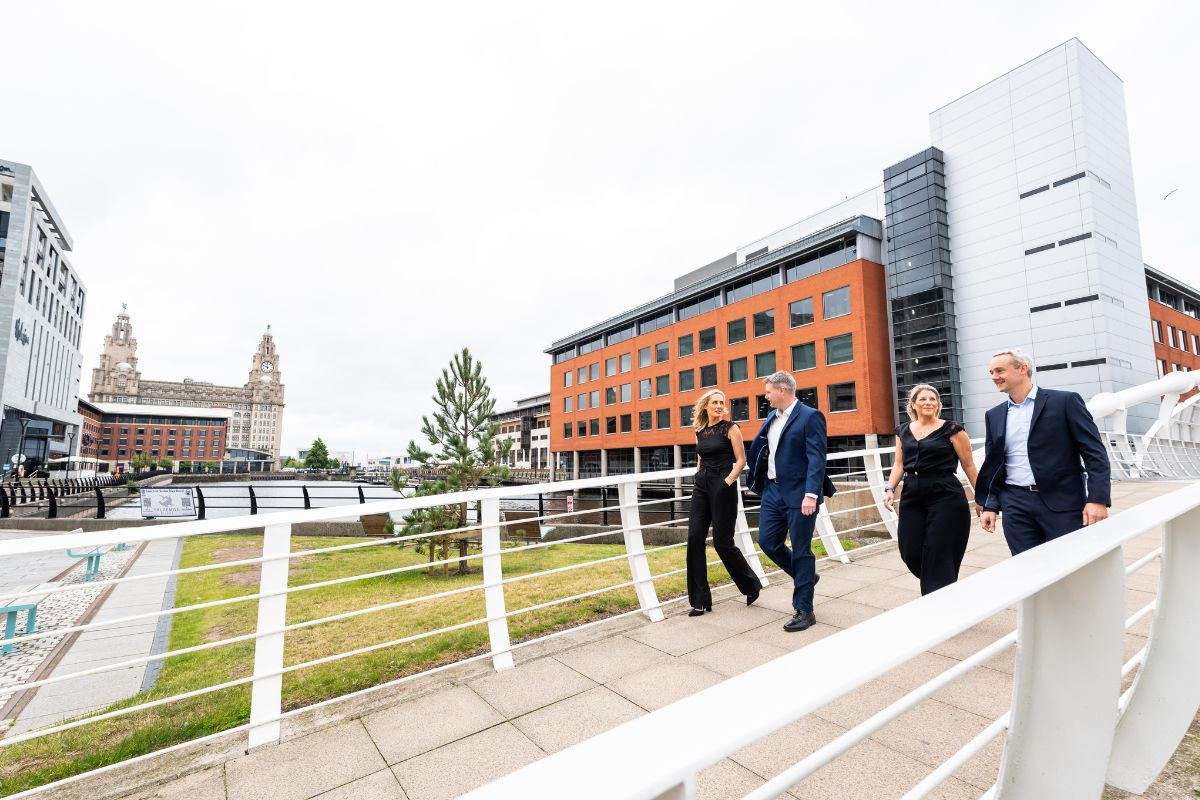Early resident engagement is a must for retrofit
Residents sit at the heart of all social housing repairs and maintenance, but for energy efficiency retrofit, effective engagement is all the more vital
Combatting fuel poverty is a huge concern right now, for both Wates Living Space and our social landlord customers. Retrofit programmes emerged from new legislation that requires social landlords to improve the energy performance - and subsequently reduce carbon emissions - from their housing stock. That objective is very important, but sitting behind this policy are millions of residents that are, now more than ever, struggling with rising energy prices. Through social housing retrofit, we have a huge opportunity to make a positive difference, but we have to undertake this work carefully and thoughtfully in order to make an impact.
Early engagement has always been fundamental to starting a contract off on the right foot. I have been in this industry for 15 years and in that time the nature of contracts, and the ways that residents reach out to us, has changed dramatically. What hasn’t changed is the simple fact that the earliest you start a conversation, the more positive an experience the resident will have. Our work requires us to go into people’s homes and undertake what can sometimes be disruptive repairs and maintenance. Residents have every right to expect that we will earn their trust before we do this. If the landlord, and we, speak to residents at the earliest opportunity then we have the best chance of being able to do our job quickly and effectively.
For retrofit programmes, this process needs to start long before the programme is underway, perhaps even before a contractor like us has been appointed. Installing energy efficiency measures in residents’ homes is much less familiar to them than having a new bathroom or kitchen installed; some residents may be uncertain, possibly sceptical or even resistant to work of this nature. Starting a conversation with them at the earliest opportunity can help to address some of their concerns. They need to understand and feel comfortable with the work being undertaken. Obviously, if this process needs to begin before a contractor is appointed then by default the contractor isn’t a part of this stage of the programme. For this reason, the entire industry needs to work together to find a way to support this process. Openness, transparency and shared best practice are the only ways we can get on top of the retrofit challenge; we would be missing a trick if we kept our trade secrets to ourselves.
We recently ran a survey at the national TPAS conference with residents to get an understanding of how they felt about energy efficiency retrofit and to get a sense of any barriers that may need to be overcome. The survey found, amongst other things, that residents need to be engaged in a way that they want. That seems obvious but in resident liaison, it’s very easy to fall into the trap of creating an engagement strategy based around the channels available to us, and those channels may not be the means that residents prefer. The solution is simple; we ask them what they want. Listening to residents shows that we value them, and that’s so important.
The survey also found that when it comes to energy efficiency and the retrofit challenge, we need to be considerate in the language we use. ‘Decarbonisation’ for example may be at the centre of the Government’s strategy, but it means very little to most members of the public. If we want residents to embrace energy efficiency retrofit we need to make it more accessible to them, to strip out all of the technical language and avoid using needless jargon. This way, residents are more likely to see what they can benefit from the work being undertaken. Obviously this relies on resident liaison teams that can understand and interpret the information that they need to relay to residents, and this needs to be underpinned by ongoing training for project teams.
A really important strand to resident liaison in social housing retrofit is to support people on the energy efficiency measures proposed. There is a surprising amount of misinformation in circulation that can make people reluctant to have certain technologies in their homes. Photovoltaic panels for example - some residents believe - come with maintenance costs that they will have to pay. Breaking these myths and undoing false information could result in a resident opposing the installation of an energy efficiency measure that would cut their energy bills. That would be a missed opportunity, and it’s our responsibility to make sure that’s avoided.
Alongside this, we need to find effective ways to promote energy saving information and advice. When we install new kitchens or bathrooms, residents can see for themselves a tangible difference in their home. But if you install new external wall insulation that improves a home’s heat loss, the benefit is not a tangible or visible change that the resident can immediately see. We need to show residents what’s in it for them and how they will benefit from these works. We need to make clear that it will help with reducing energy use and that it will create better and healthier homes.
Doina Caniparu is Divisional customer services manager at Wates Living Space
Addressing how to retrofit UK homes at pace, at scale and right first time
Join us at the third annual Retrofit Challenge Summit, the sector’s leading one-day event. Bringing together over 500 sector leaders, it is an unmissable opportunity to collaborate and hear solutions from government, experts, landlords, tenants and the supply chain.
Find out more and book your delegate pass



